Health
Pregnancy-related deaths back down to pre-pandemic levels, CDC data says
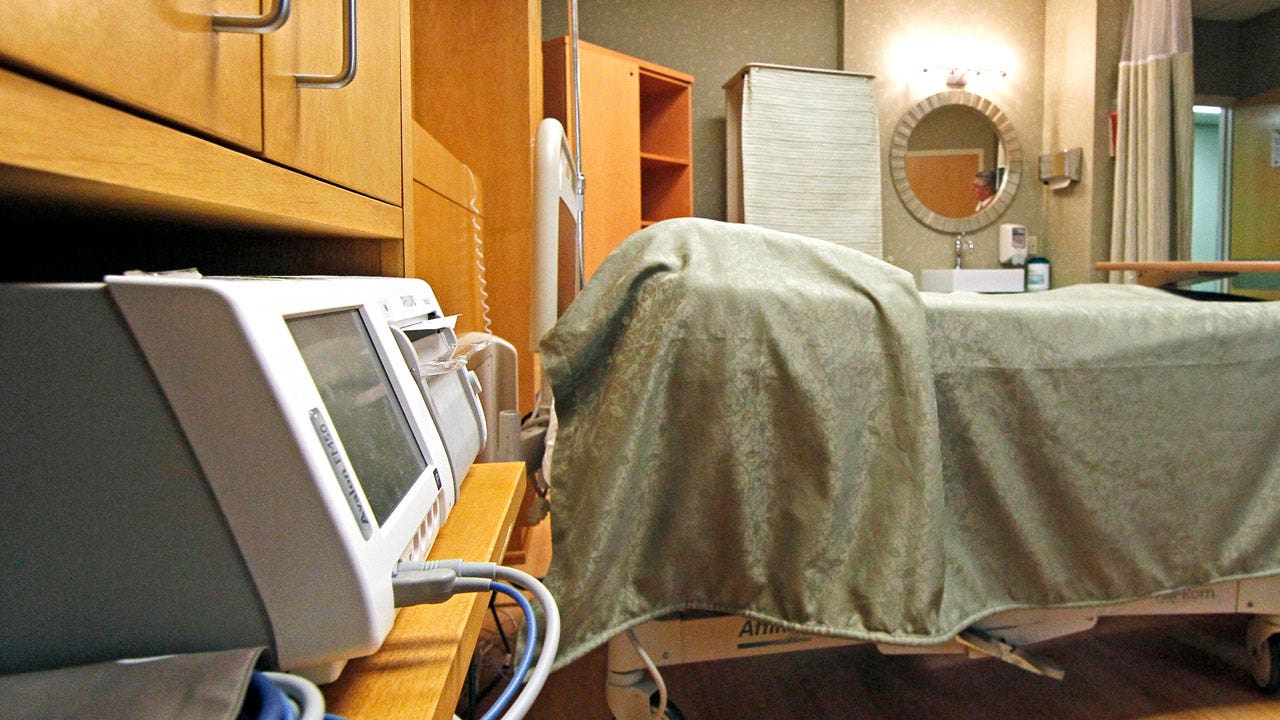
U.S. pregnancy-related deaths have fallen back to pre-pandemic levels, new government data suggests.
About 680 women died last year during pregnancy or shortly after childbirth, according to provisional CDC data. That’s down from 817 deaths in 2022 and 1,205 in 2021, when it was the highest level in more than 50 years.
COVID-19 seems to be the main explanation for the improvement, said Donna Hoyert, a Centers for Disease Control and Prevention maternal mortality researcher.
US BIRTHS SAW NOTABLE DECREASE IN 2023, MARKING END TO LATE PANDEMIC REBOUND, EXPERTS SAY
The coronavirus can be particularly dangerous to pregnant women. And, in the worst days of the pandemic, burned out physicians may have added to the risk by ignoring pregnant women’s worries, experts say.
Fewer death certificates are mentioning COVID-19 as a contributor to pregnancy-related deaths. The count was over 400 in 2021 but fewer than 10 last year, Hoyert said.
The agency on Thursday released a report detailing the final maternal mortality data for 2022. It also recently released provisional data for 2023. Those numbers are expected to change after further analysis — the final 2022 number was 11% higher than the provisional one. Still, 2023 is expected to end up down from 2022, Hoyert said.
A room in a Mississippi hospital maternity ward is seen on Oct. 11, 2012. In 2023, U.S. pregnancy-related deaths fell back to pre-pandemic levels, according to data released by the Centers for Disease Control and Prevention on May 2, 2024. (AP Photo/Rogelio V. Solis, File)
The CDC counts women who die while pregnant, during childbirth and up to 42 days after birth from conditions considered related to pregnancy. Excessive bleeding, blood vessel blockages and infections are leading causes.
There were about 19 maternal deaths for every 100,000 live births in 2023, according to the provisional data. That’s in line with rates seen in 2018 and 2019.
But racial disparities remain: The death rate in Black moms is more than two-and-a-half times higher than that of white and Hispanic mothers.
“In the last five years we’ve really not improved on lowering the maternal death rate in our country, so there’s still a lot of work to do,” said Ashley Stoneburner, the March of Dimes’ director of applied research and analytics.
The advocacy organization this week kicked off an education campaign to get more pregnant women to consider taking low-dose aspirin if they are at risk of preeclempsia — a high blood pressure disorder that can harm both the mother and baby.
There are other efforts that may be helping to lower deaths and lingering health problems related to pregnancy, including stepped-up efforts to fight infections and address blood loss, said Dr. Laura Riley, a New York City-based obstetrician who handles high-risk pregnancies.
But there’s a risk that those kinds of improvements are being offset by a number of factors that may reduce the ability of women to get medical care before, during and after a birth, she said. Experts say the list includes the closure of rural hospitals and a 2022 U.S. Supreme Court decision that did away with the federally established right to abortion — and contributed to physician burnout by causing doctors to feel constrained about providing care during pregnancy-related medical emergencies.
“I think there’s good news. We’re making strides in certain areas,” said Riley, head OB-GYN at Weill Cornell Medicine. “But the bad news and scary news is … there are these other political and social forces that make this (reducing maternal deaths) difficult.”

Health
Half of Americans not equipped to provide life-saving treatment in a crisis, poll finds

Only half the people in the U.S. feel they could be helpful in an emergency situation, a new poll found.
The Ohio State University Wexner Medical Center surveyed a national sample of 1,005 Americans, finding that only 51% of them knew how to perform hands-only CPR if needed.
In cases of serious bleeding, only 49% said they could assist, and 56% said they would be equipped to help someone who was choking.
The data was collected via phone and email from April 5 to April 7 of this year.
KIDS AS YOUNG AS 4 YEARS OLD CAN BEGIN TO LEARN MEDICAL EMERGENCY TRAINING: NEW REPORT
“The key takeaways from our survey are that patient outcomes would improve if the general public learned some basic life-saving measures in the areas of hands-only CPR, choking rescue and bleeding control,” Nicholas Kman, M.D., emergency medicine physician at Ohio State Wexner Medical Center and clinical professor of emergency medicine at The Ohio State University College of Medicine, told Fox News Digital.
“We can save lives while we wait for first responders to arrive.”
Only half the people in the U.S. feel they could be helpful in an emergency situation, a new poll has found. (iStock)
“For every minute that passes, the chance of survival drops, and if they do survive, there’s less chance of a good neurologic outcome.”
Data shows that 70% to 80% of cardiac arrests occur in the home and 20% happen in a public place, according to Kman.
HELP DESPERATELY NEEDED: AMERICAN HEART ASSOCIATION LAUNCHES ‘NATION OF LIFESAVERS’ PROGRAM
“Outcomes are poor when the arrest is unwitnessed at home,” he told Fox News Digital.
“Just think, the person with the medical emergency could be your loved one in your house. You may have to provide life-saving treatment until first responders arrive.”

Data shows that 70% to 80% of cardiac arrests occur in the home and 20% happen in a public place, a researcher said. (iStock)
Based on the survey findings, Kman advised the public to get trained in life-saving measures — particularly hands-only CPR, choking and serious bleeding.
“Look for training that may be offered through community days at hospitals, schools, libraries, community organizations, religious institutions, volunteer groups, festivals and sporting events,” he suggested.
“We’re responsible for each other.”
Organizations and websites such as the American Red Cross, the American Heart Association and Stop The Bleed may offer these courses for free or low cost, Kman noted.
After learning the skills, it’s important to practice them, the doctor said.
“We would love the public to learn how to do hands-only CPR and practice the skill of doing CPR every six weeks,” Kman said.
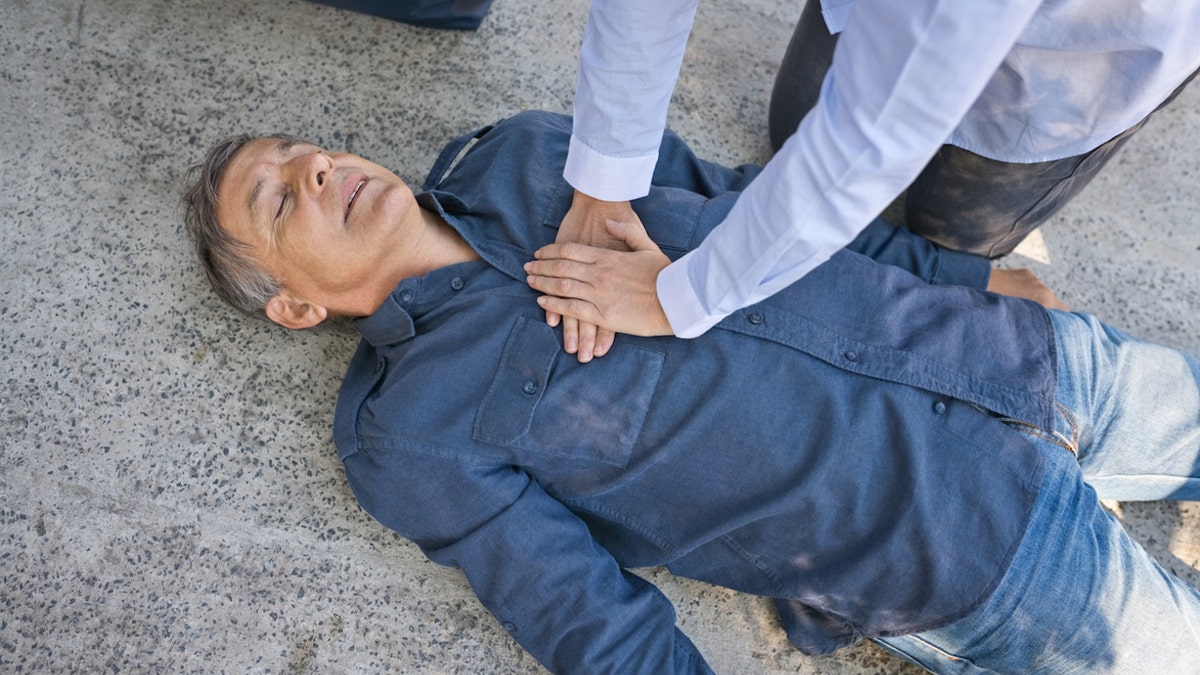
Based on the survey findings, researchers advised people to get trained in life-saving measures, particularly hands-only CPR, choking first-aid and serious bleeding assistance. (iStock)
“As with any skill, practice builds confidence. If we don’t practice it, we lose that skill.”
The OSU survey did have some limitations, Kman acknowledged.
“The survey was a convenience sample of a cross-section of Americans,” he told Fox News Digital.
HEART ATTACKS MORE LIKELY DURING PRESIDENTIAL ELECTIONS AND OTHER STRESSFUL TIMES, STUDY SHOWS
“Most demographics were equally represented, but different regions do better at this than others, and their cardiac arrest results and survival reflect that,” he continued.
“States and countries that prioritize training the public have higher survival rates.”
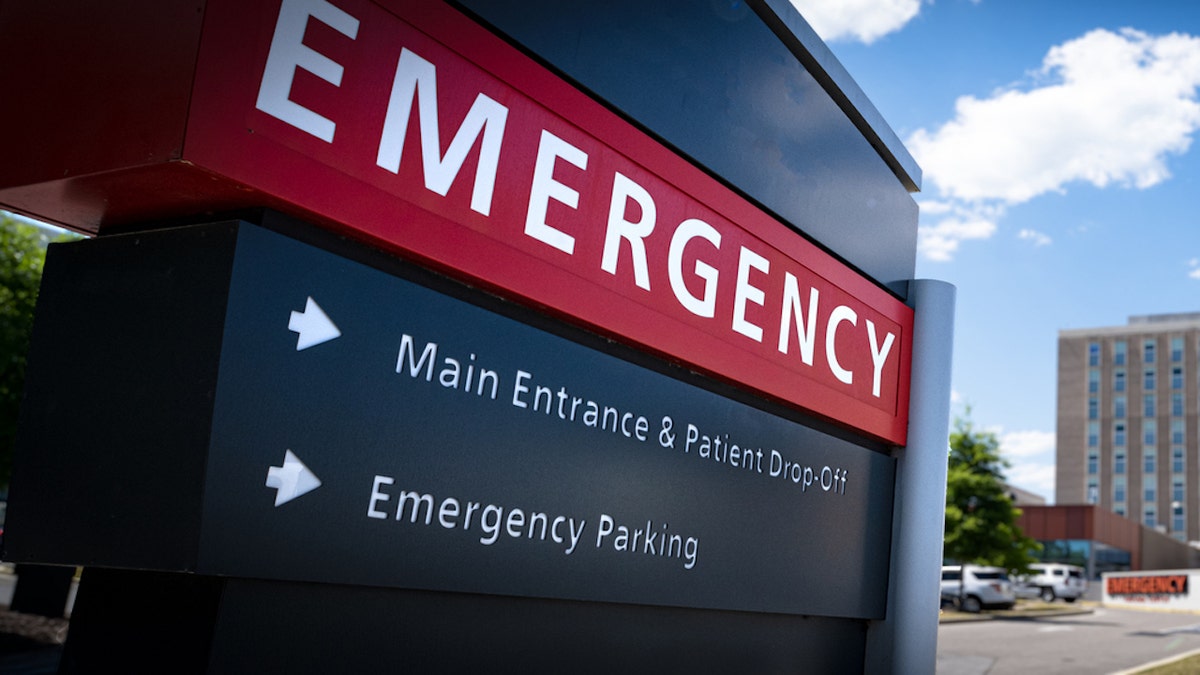
“When you’re trained in these lifesaving skills, you’ll know how to recognize the signs that someone needs help and buy time until the [first] responders can get there,” a doctor said. (iStock)
Dr. Kenneth Perry, an emergency department physician in South Carolina, was not involved in the survey but said he was surprised that more people don’t feel unprepared.
“Even for medical professionals, having a medical emergency occur without preparation can be a very stressful event,” he told Fox News Digital.
“It is very important for people to have basic lifesaving skills.”
“It is very important for people to have basic lifesaving skills.”
The easiest and most helpful skill that people should learn is how to operate an automated external defibrillator (AED). These are located in many public places, such as gyms, malls and even some public walkways, according to Perry.
“These devices are the best way to save a person who is suffering from cardiac arrest,” he said.
CLICK HERE TO SIGN UP FOR OUR HEALTH NEWSLETTER
“If the person has an abnormal heart rhythm that can be brought back to normal with electricity, this device will save that patient.”
This is a very time-sensitive process, however — it must happen as early as possible, the doctor advised.
“Early defibrillation is directly correlated with the best outcomes for patients who suffer an out-of-hospital cardiac arrest.”
Ultimately, Kwan, said, “we’re responsible for each other.”
“When you’re trained in these lifesaving skills, you’ll know how to recognize the signs that someone needs help and buy time until the responders can get there.”
For more Health articles, visit www.foxnews.com/health.
Health
Second American contracts bird flu tied to dairy cows as CDC says risk of infection still low
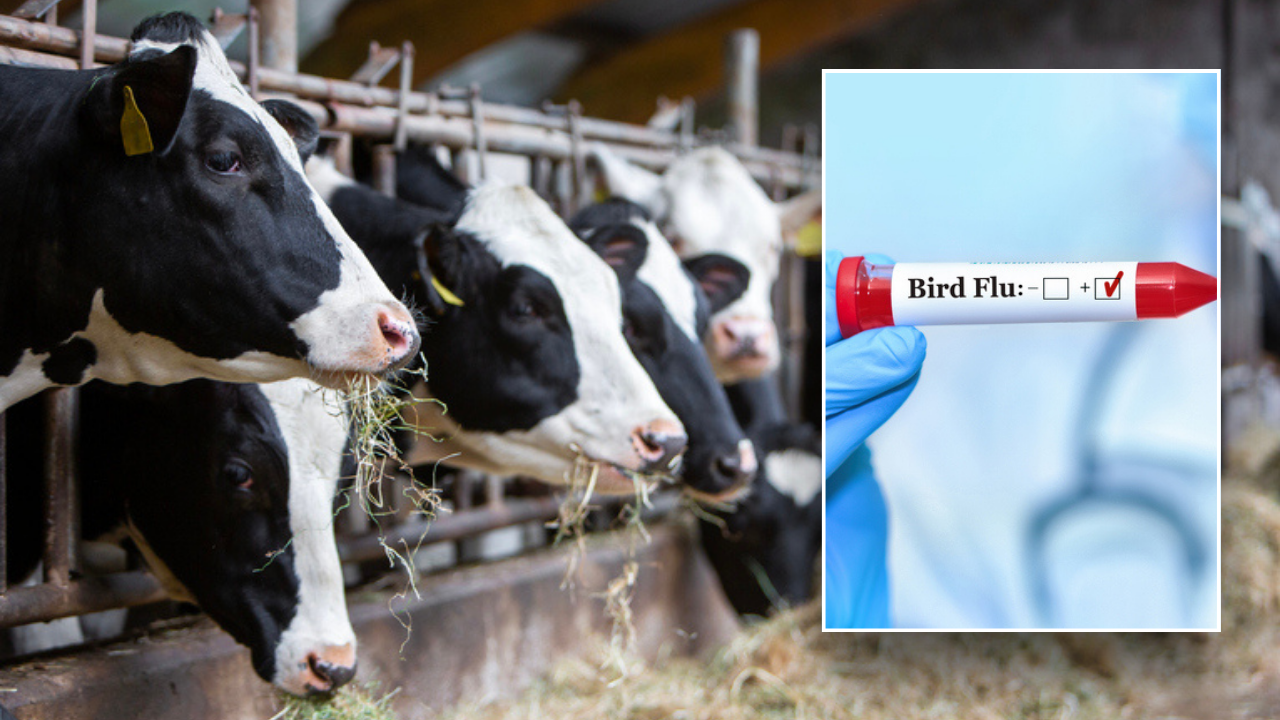
CDC issues alert over bird flu case
Fox News medical contributor Dr. Marc Siegel on what to know about bird flu and why it is important to not look directly at the solar eclipse without proper glasses
The Centers for Disease Control and Prevention (CDC) announced Wednesday that a second H5N1 bird flu case has been identified by officials.
A 55-year-old Michigan dairy worker became ill after working with H5N1-infected cattle, the CDC said in a press release. While an upper respiratory tract sample tested negative, a specimen from his eye confirmed the H5N1 bird flu infection.
A Texas farm worker was diagnosed with the disease in March. Both the Michigan and Texas patients suffered from conjunctivitis, or pink eye. Neither showed signs of a respiratory infection.
“Conjunctivitis (eye infection) has been associated with previous human infections with avian influenza A viruses and is part of the current CDC case definition for A(H5N1) surveillance,” the CDC explained in a Wednesday press release.
VIRAL ‘HOSTAGE TAPE’ SLEEPING TREND GAINS STEAM AS DOCTORS WARN OF POTENTIAL DANGERS
At least two farm workers have been infected with H5N1 bird flu this year. (iStock)
“While it’s not known exactly how eye infections result from avian influenza exposures, it may be from contamination of the eye(s), potentially with a splash of contaminated fluid, or touching the eye(s) with something contaminated with A(H5N1) virus, such as a hand.”
The Texas case marked the first human case of H5N1 bird flu in the United States. Globally, it was the first time a human caught H5 bird flu from a cow.
The United States Department of Agriculture (USDA) has found that at least 49 dairy herds across nine states have been exposed to H5N1. On Wednesday, the CDC maintained that the health risk that H5N1 bird flu poses to humans is still low.
THREE WOMEN — AGES 41, 55 AND 64 — SHARE THEIR SECRETS TO BETTER HEALTH AND LONGEVITY
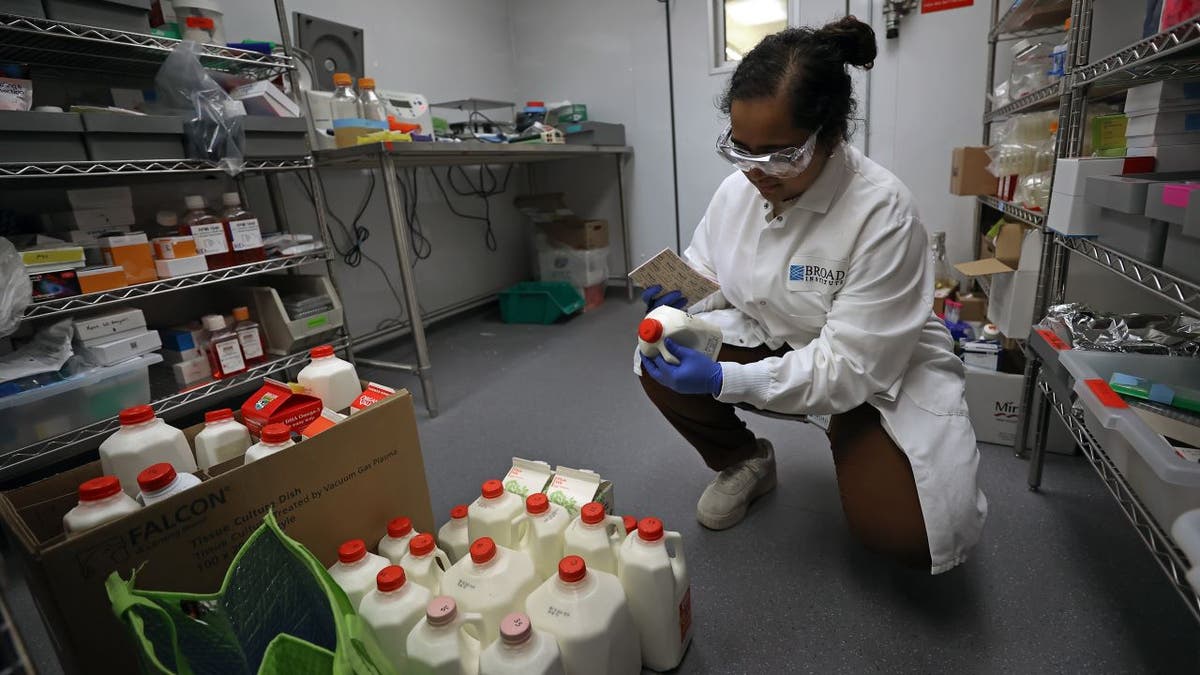
Fatinah Albeez, a research associate with the Broad Institute’s Sabeti lab, works with milk samples in May 2024. (David L. Ryan/The Boston Globe via Getty Images)
“Based on the information available, this infection does not change CDC’s current H5N1 bird flu human health risk assessment for the U.S. general public, which the agency considers to be low.,” the CDC said. “However, this development underscores the importance of recommended precautions in people with exposure to infected or potentially infected animals.”
Officials are still monitoring the outbreak, but maintain that pasteurized milk is safe to drink.
“I can say without reservation that our commercial milk and meat supplies are safe,” USDA official Eric Deeble said during a briefing on May 16. “At no time were animals that are sick from H5N1 or any other animal disease permitted to enter into our food supply.”
CLICK HERE TO SIGN UP FOR OUR HEALTH NEWSLETTER
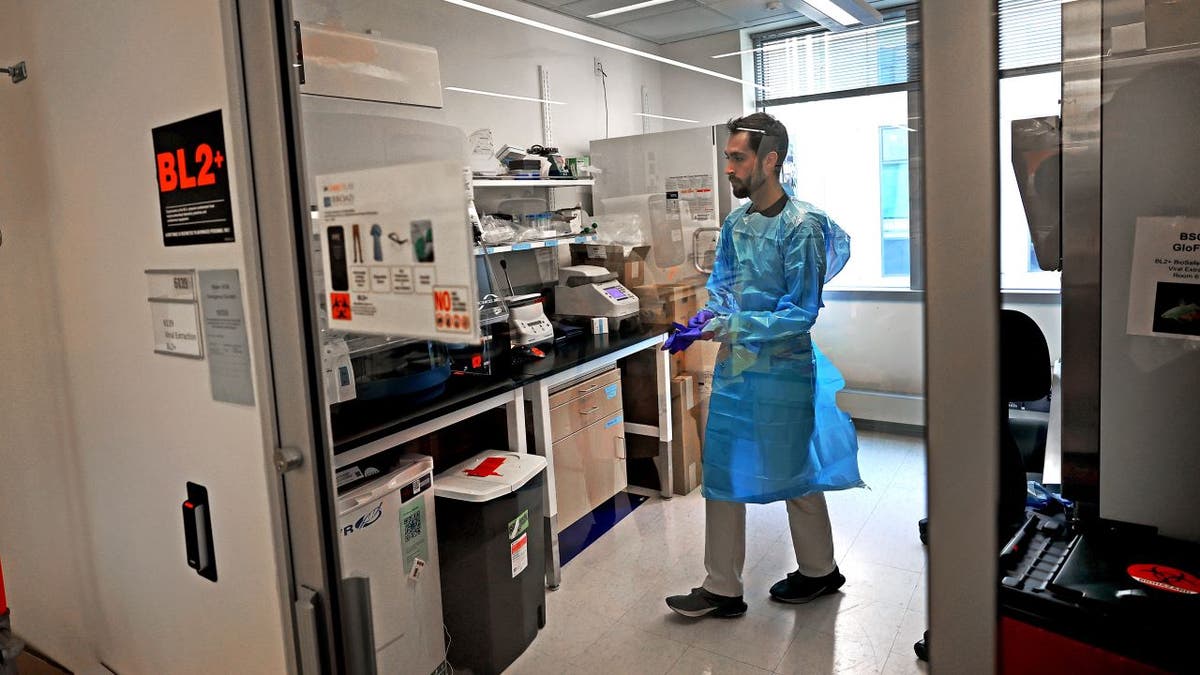
Jon Arizti Sanz, PhD, Postdoctoral Fellow working in the lab to test bird flu samples in May 2024.
The CDC is encouraging Americans to avoid exposure to dead animals and animal waste. Officials also discourage drinking raw milk.
“Following these recommendations is central to reducing a person’s risk and containing the overall public health risk,” the organization advised.
Fox News Digital’s Melissa Rudy contributed to this report.
For more Health articles, visit www.foxnews.com/health.
Health
Heart attacks during election year, plus lupus myths and life support decisions

People with high stress sensitivity, anxiety or depression are at a “significantly higher heart attack risk” during periods of social or political stress, a study found. (Lorenzo Bevilaqua/ABC via Getty Images; iStock)
STRESS TEST – Heart attack risk spikes for some people during periods of stress, such as election seasons, a new study found. Continue reading…
IRREVERSIBLE DECISIONS – Many patients who died after traumatic brain injuries may have survived and recovered if their families had waited to take them off life support, a new study found. Doctors react. Continue reading…
‘NOT A DEATH SENTENCE’ – For Lupus Awareness Month, a lupus expert debunks 7 common myths about the autoimmune disease. Continue reading…
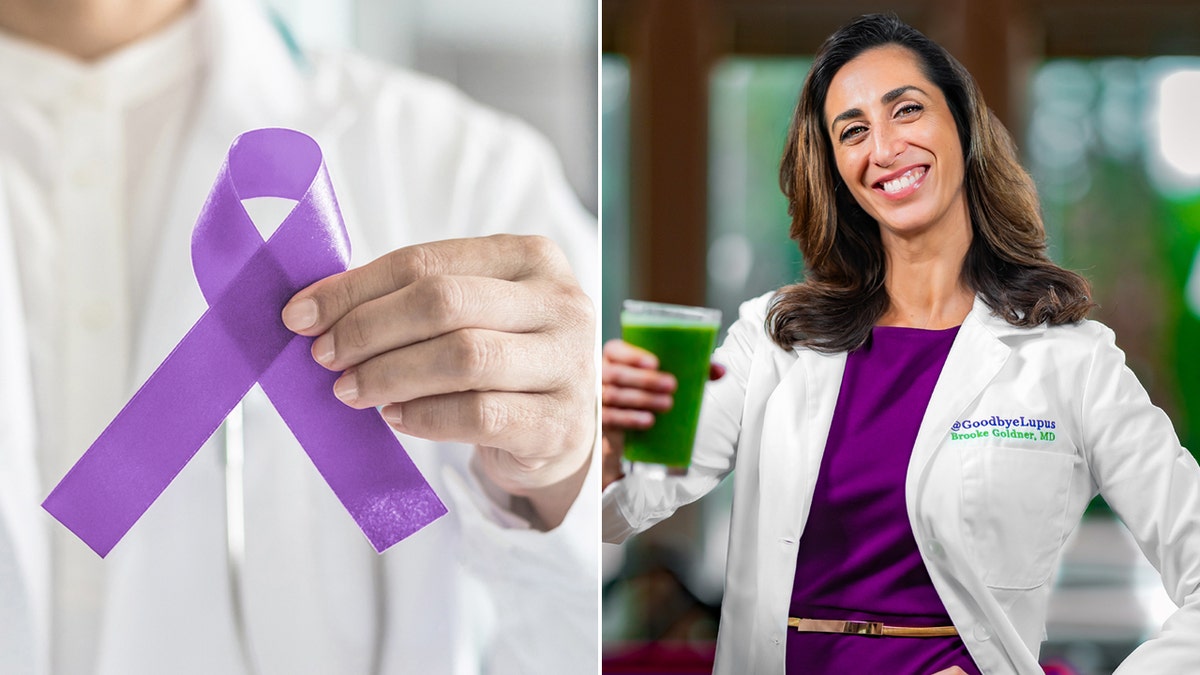
Dr. Brooke Goldner, a board-certified medical doctor and an autoimmune professor at Cornell University, pictured at right, is committed to debunking lupus myths and misconceptions. (iStock/Dr. Brooke Goldner)
CHEW ON THIS – “Is it dangerous to swallow gum?” In our Ask a Doc column, a gastroenterologist explains the risk. Continue reading…
NIGHTMARISH SYMPTOMS – Those who experience vivid nightmares and odd hallucinations might have an underlying autoimmune disease, a new study suggests. Continue reading…
LIVING LONGER – For Women’s Health Month, three mothers at three different stages of life shared how they are defying age through simple lifestyle practices and interventions. Continue reading…
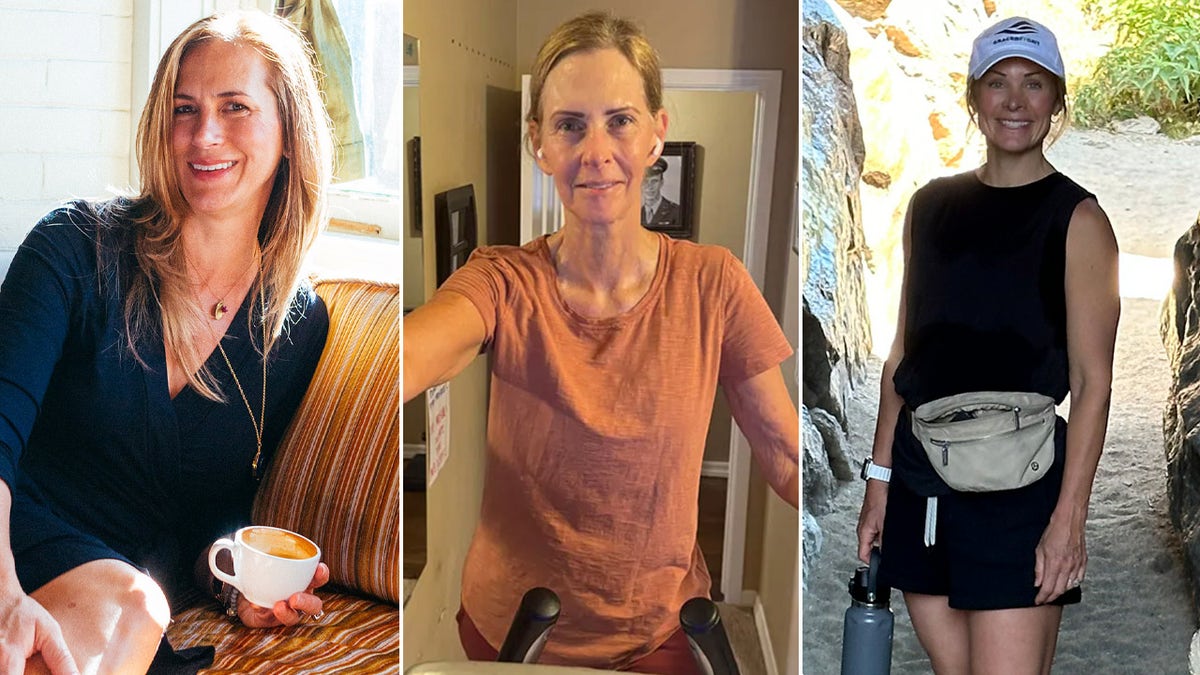
Left to right, Julie Gibson Clark, Amy Hardison and Lil Eskey shared the lifestyle habits that help them slow down biological aging. (James Lee, Amy Hardison, Lil Eskey)
NEW HOPE – Paralyzed participants in a trial saw “significant improvement” in their hand and arm function after receiving spinal cord simulation. Continue reading…
CHEMICAL CULPRITS – Americans may be breathing in cancer-causing chemicals while driving, recent research suggests. Doctors weigh in on the potential risk. Continue reading…
CAUTIONARY TALES – This May, for Skin Cancer Awareness Month, two melanoma patients are sharing their stories of how they overcame this invasive form of the disease. Continue reading…
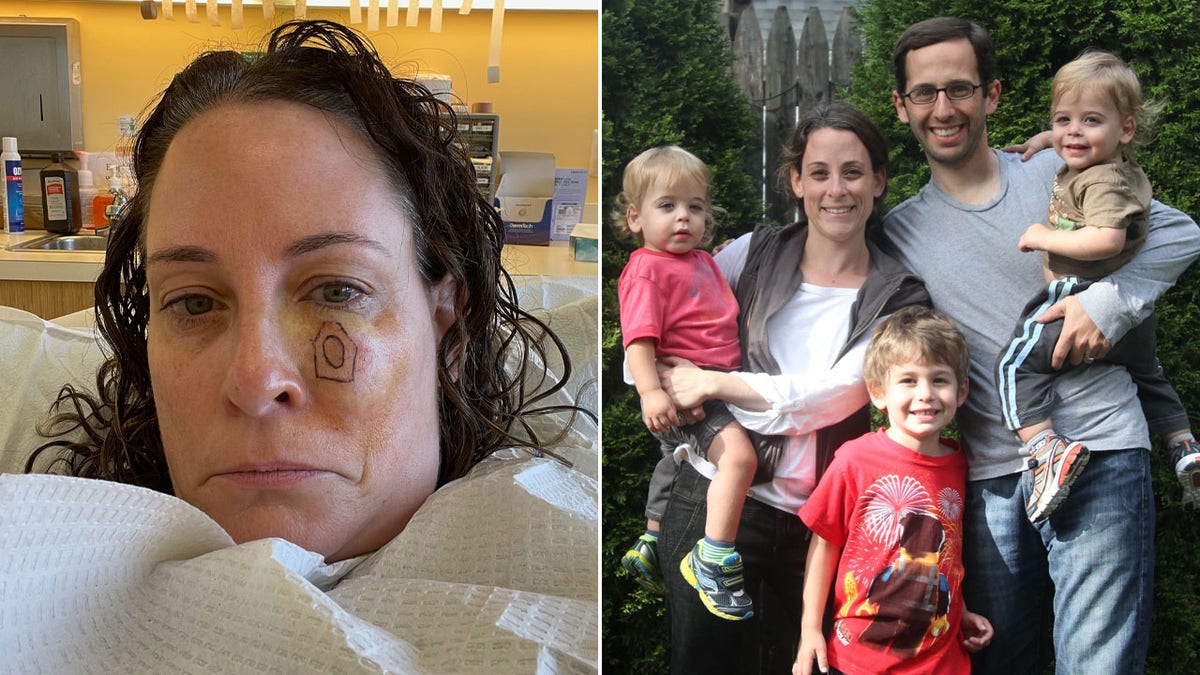
Abby Weiner, pictured at left and at right with her husband and sons, was diagnosed with melanoma in Oct. 2023. (Abby Weiner)
FOLLOW FOX NEWS ON SOCIAL MEDIA
YouTube
SIGN UP FOR OUR NEWSLETTERS
Fox News First
Fox News Opinion
Fox News Lifestyle
Fox News Health
Fox News Autos
Fox News Entertainment (FOX411)
DOWNLOAD OUR APPS
Fox News
Fox Business
Fox Weather
Fox Sports
Tubi
WATCH FOX NEWS ONLINE
Fox News Go
STREAM FOX NATION
Fox Nation
-

 Politics1 week ago
Politics1 week agoReports of Biden White House keeping 'sensitive' Hamas intel from Israel draws outrage
-

 World1 week ago
World1 week agoPro-Palestinian university students in the Netherlands uphold protest
-

 Politics1 week ago
Politics1 week agoSouthern border migrant encounters decrease slightly but gotaways still surge under Biden
-

 Politics1 week ago
Politics1 week agoDem newcomer aims for history with primary win over wealthy controversial congressman
-

 Politics1 week ago
Politics1 week agoWhite House walks diplomatic tightrope on Israel amid contradictory messaging: 'You can't have it both ways'
-

 World1 week ago
World1 week agoSlovakia PM Robert Fico in ‘very serious’ condition after being shot
-

 News1 week ago
News1 week agoDespite state bans, abortions nationwide are up, driven by telehealth
-

 World1 week ago
World1 week agoCanadian Nobel-winning author Alice Munro dies aged 92



















